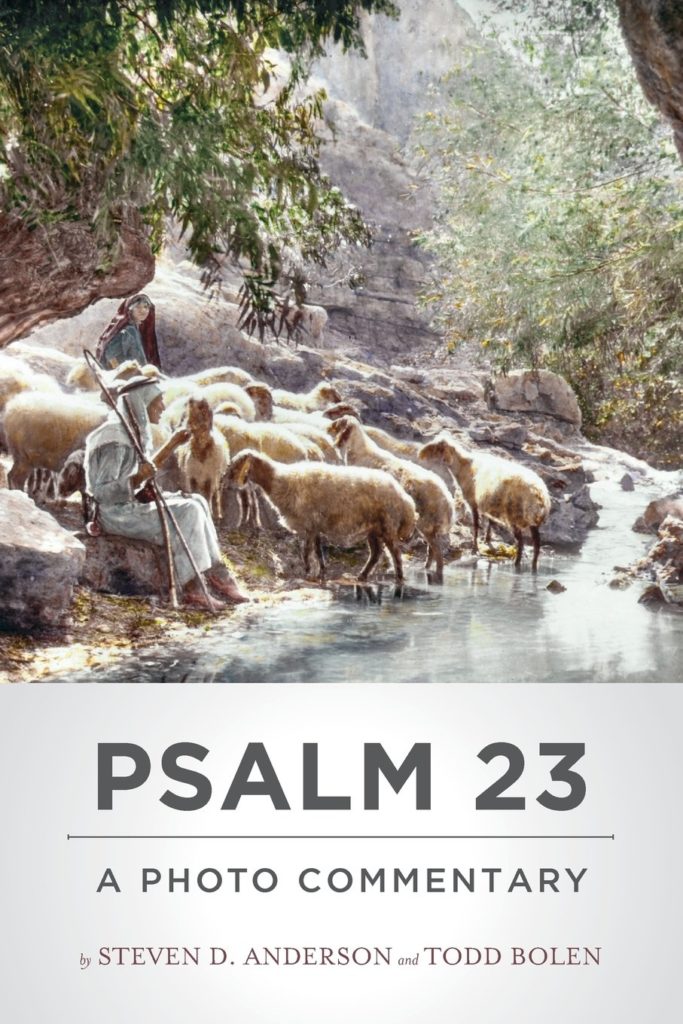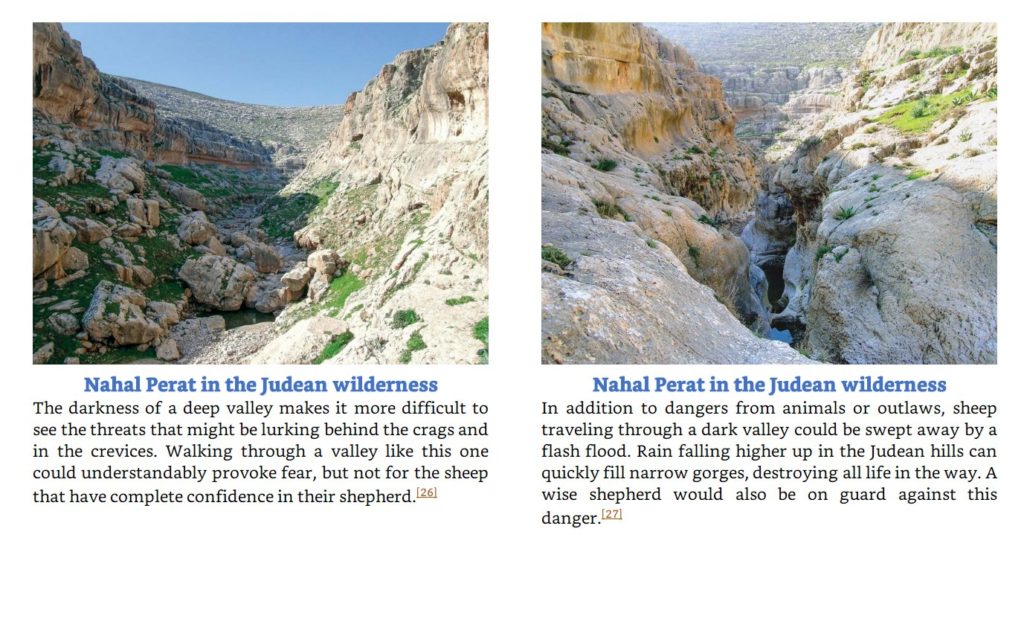Here’s a gem: a video about the excavations at Corinth made in 1945.
The first season of The Holy Land: Connecting The Land With Its Stories with John (Jack) Beck is now available on YouTube.
The Bible and Interpretation has an abridged version of a chapter from Margreet Steiner’s new book, Inhabiting the Promised Land: Exploring the Complex Relationship between Archaeology and Ancient Israel as Depicted in the Bible. This chapter surveys the history of modern scholars trying to locate the patriarchs in various periods.
A new exhibit at the Oriental Institute reveals the original colors of Assyrian reliefs.
Analysis of clay jar lids from the Qumran caves reveals residue of papyrus, supporting the theory that scrolls were once stored in the jars.
Ferrell’s Favorite Foto #33 is of the Cave of Adullam.
John Byron is on The Book and the Spade discussing the subject of his new book, A Week in the Life of a Slave (and Part 2).
The Temple Mount Sifting Project is now enjoying a new state-of-the-art greenhouse.
If you’ve ever been to an academic conference, you may appreciate this series of videos, especially the last one.
- Introduction to ‘The message, not the medium: improving lecturing at international conferences.’
- Conference presentation: some dos and don’ts
- The impenetrable abstraction of obscurity: before and after the colon
Biblical Archaeology Society is selling many DVDs for $5.
A couple of sets of Lois Tverberg’s excellent books are available for reduced prices this month.
HT: Agade, Joseph Lauer

